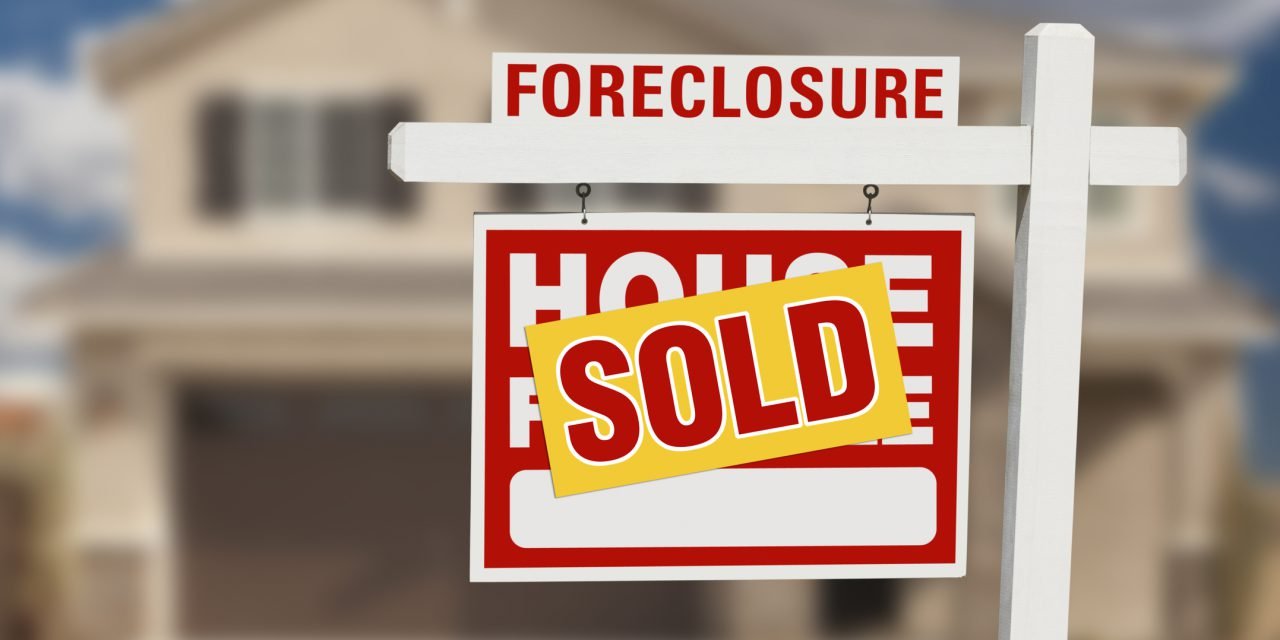As the foreclosure moratorium and forbearance programs wind down to a close, threats of foreclosure loom for homeowners lacking the ability to get current on their mortgages. Those preparing for an uptick in distressed sales will see them, but by how much?
Home foreclosures as a result of the COVID-19 pandemic and 2020 recession are projected to be modest, Moody’s Investors Service reports.
Moody’s forecasts the coming wave of foreclosures will be similar in number to most economic recessions. However, they are not expecting a tidal wave of foreclosures like during the 2007-2009 downturn.
This more favorable foreclosure environment is in part due to:
- homeowners slowly exiting from forbearance programs;
- lenders’ flexibility in payment methods;
- rising employment levels; and
- positive home equity conditions, according to Moody’s.
However, Moody’s outlines several factors which may disrupt this positive environment, including:
- the possibility of another surge in COVID-19 cases;
- higher inflation; and
- permanent shifts in some industries.
Despite these risks, the threat is minor enough that lenders will likely be able to survive any losses without need for a bailout, as in 2008.
More than 2.6 million mortgages are delinquent nationwide with no signs of becoming current this year, according to Moody’s. Still, the credit rating agency maintains the smaller number of distressed homeowners and better economic environment they face today will result in fewer foreclosures than during the Great Recession.
Many forbearance programs will end September 30, 2021. These forbearance programs have until now supported home prices, according to Moody’s.
Foreclosures boost inventory
Although foreclosures are not anticipated to be extensive in number, and not nearly as drastic as they were during the Great Recession, they will still impact the housing market.
The nation’s overall delinquency rate was 4.7% in April 2021, with 3.3% seriously delinquent, according to CoreLogic. Here in California, 9.0% of mortgaged homeowners report being behind on their mortgage payment based on the latest U.S. Census Bureau Household Pulse Data collected between July 21 and August 2, 2021. Nationally, 3.4% of mortgages or 1.7 million homeowners are in a forbearance plan as of August 1, 2021, according to the Mortgage Bankers Association (MBA).
Although not all these delinquent mortgages will end in a forced sale, some of them will, and foreclosures will return to the market.
The Consumer Financial Protection Bureau (CFPB) has limited servicers from initiating foreclosure for all mortgages secured by a primary residence through December 31, 2021.
Therefore, foreclosures will likely begin impacting the housing market in a meaningful way in 2022 following the expirations of the foreclosure moratorium, forbearance programs and further grace periods.
When foreclosures commence, the result will be a boost to inventory. This, in turn, will even out home prices and, depending upon the significance of new inventory, cause prices to drop.
Prices will bottom around 2023. After this, the housing market’s performance will be determined by the timing and extent of any additional stimulus, extensions of the foreclosure and eviction moratoriums, and, most significantly, job creation. Whether jobs are created by government-sponsored programs or jobs returning organically over the next few years, the recovery of jobs will be essential to the housing market’s stability.
Related article:
Mortgage delinquencies see first year-over-year decline since the 2020 recession, with a caveat














